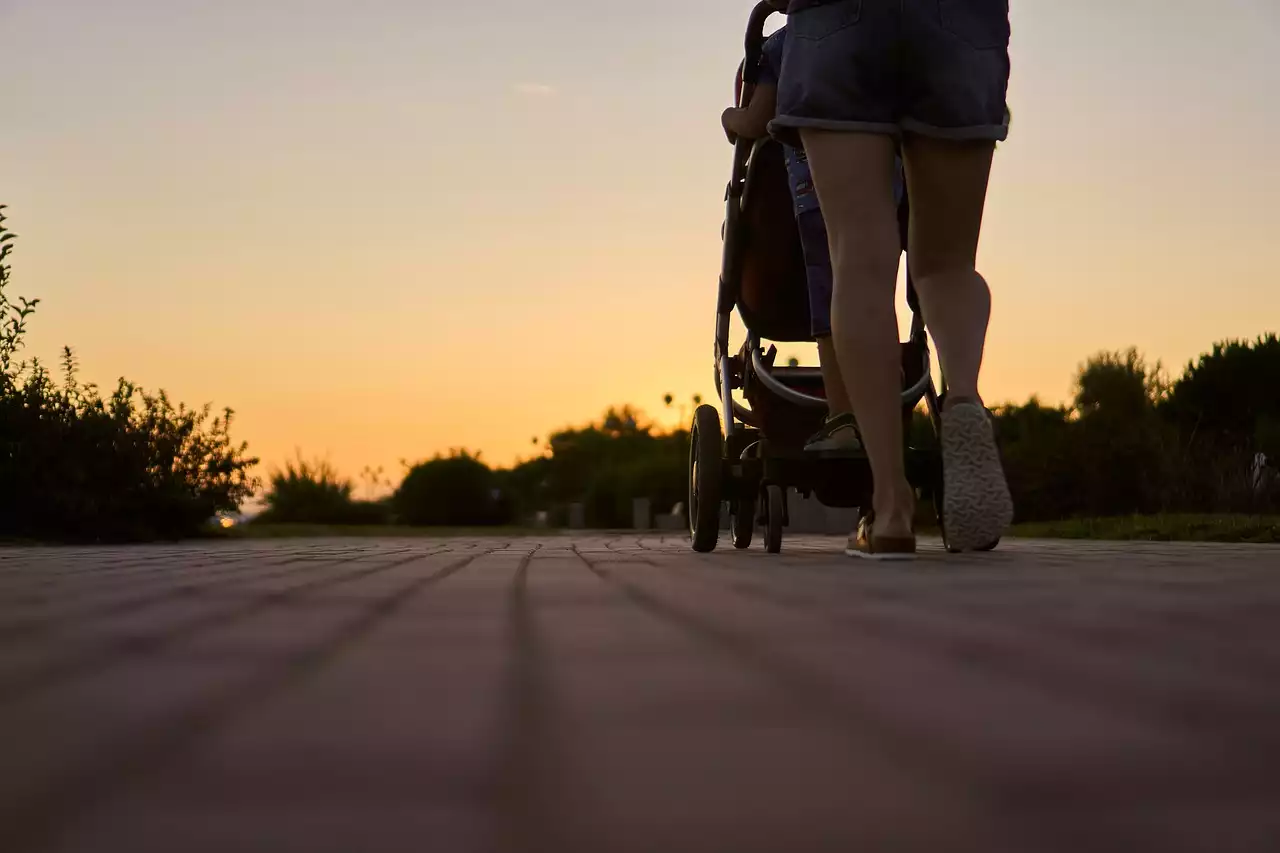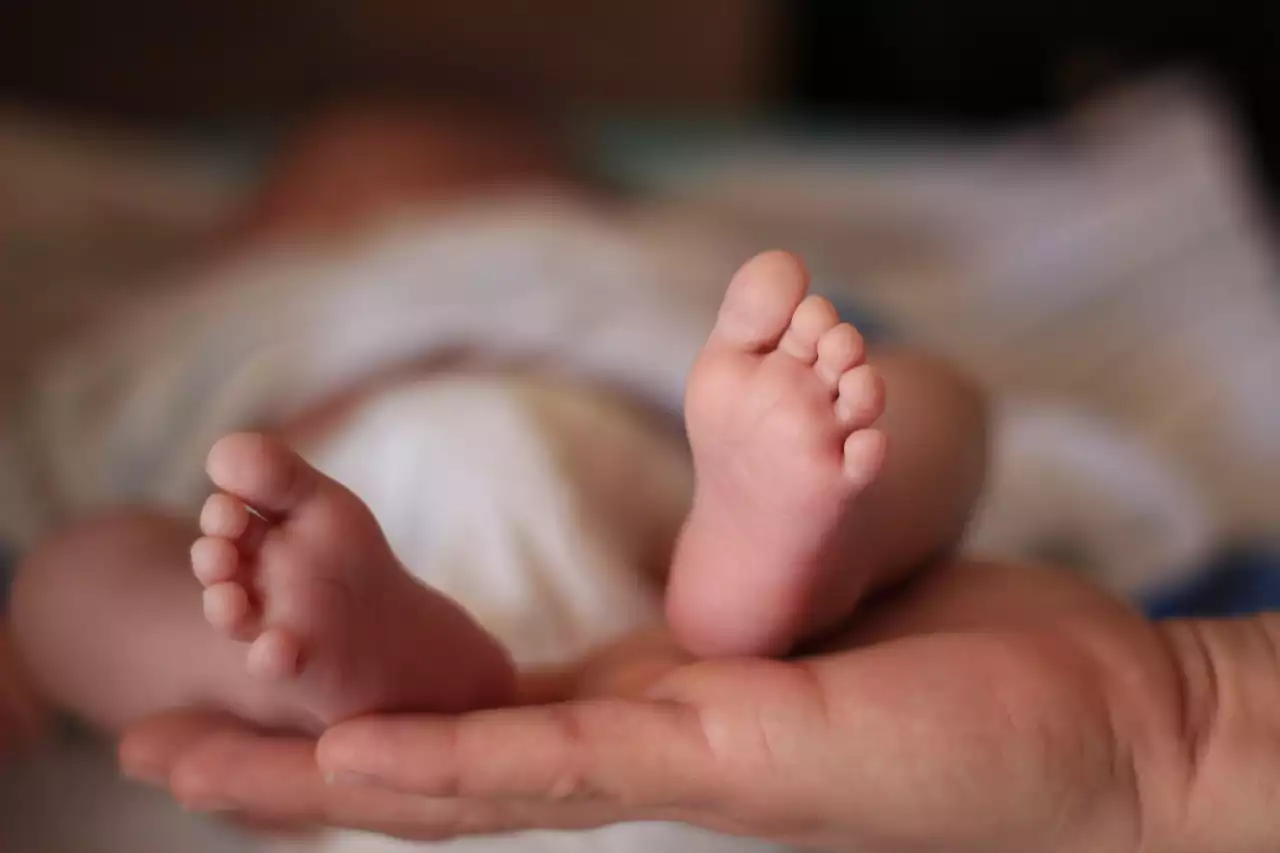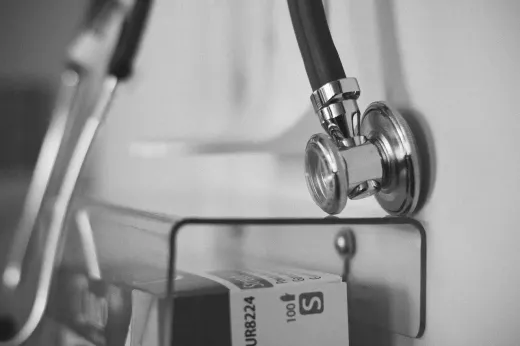What is Parasomnias?
Parasomnia is a sleep disorder that involves abnormal behaviours such as sleepwalking, sleep talking, or abnormal dreams. Parasomnias can happen as you are falling asleep, during sleep, or during a period of wakefulness during the night. There are several types of parasomnia, including sleepwalking, sleep talking, teeth grinding, sleep paralysis, and more. Sleepwalking is the most common parasomnia and is seen in about 10% of children and 4% of adults. It is usually not harmful, but people who walk while sleeping should be careful not to injure themselves while they are in a semi-conscious state. Sleepwalking occurs during non-REM sleep and is characterized by slow, jerky movements. Sleep talking is also associated with non-REM sleep. It can happen while people are falling asleep or waking up. Sleep paralysis is a feeling of being conscious but unable to move. It usually happens as you are waking up and can last a few seconds or several minutes.
Causes of Parasomnias
Researchers don’t fully understand why some people experience parasomnias. There is some evidence linking parasomnias to certain medical conditions, such as sleep apnea, insomnia, or epilepsy. Parasomnias can also be caused by certain medications, stress, or poor sleeping habits. Sleep deprivation, for example, has been linked to parasomnias. Parasomnias are often associated with other sleep disorders such as sleep-disordered breathing or insomnia. Sleepwalking is the most common form of parasomnia. It can happen as you fall asleep or when you wake up during the night. Sleepwalking episodes can range from a brief period of disorientation to fully embodied walking. Sleep terrors are another common parasomnia. They are characterized by extreme fear, shouting, and intense physiological reactions.
Types of Parasomnias
There are several types of parasomnias. The most common types are sleepwalking, sleep talking, teeth grinding, sleep paralysis, and more. Sleepwalking is the most common type of parasomnia. People who walk in their sleep are usually unaware of their actions. They usually do not remember anything the next day. Sleepwalking occurs during non-REM sleep and is characterized by slow, jerky movements. Sleep talking is also associated with non-REM sleep. It can happen while people are falling asleep or waking up. Sleep paralysis is a feeling of being conscious but unable to move. It usually happens as you are waking up and can last a few seconds or several minutes. Sleep paralysis is often accompanied by hallucinations, which can be terrifying and cause an extreme amount of anxiety. Teeth grinding, or bruxism is also associated with non-REM sleep. It is most common in children and adults under 35. Bruxism is frequently associated with sleep disorders such as sleep apnea, but can also occur in isolation.
Symptoms of Parasomnias
People who experience parasomnias may not even know it. Sleepwalking and sleeptalking usually do not cause any harm. However, teeth grinding and sleep paralysis can cause pain and injury. Sleepwalkers are not aware of their actions and are usually safe, but they can cause harm to themselves or others if they are in a dangerous area. If a sleepwalker is in a dangerous situation, gently guide them away from it, but do not try to wake them. Sleepwalkers do not respond to noise or shaking. Sleep talking can occur both when people are falling asleep and waking up. Sleep paralysis is a feeling of being conscious but unable to move. It is often accompanied by hallucinations.
Diagnosis of Parasomnias
A thorough sleep and medical history, combined with a physical exam, can be used to diagnose parasomnias. The doctor may ask about the person’s sleeping and waking habits, sleep schedule, and diet. The doctor may also ask whether the person has ever experienced sleepwalking, sleep talking, teeth grinding, or sleep paralysis. A doctor may suggest certain lab tests, such as blood tests, imaging tests, or other tests, depending on the person’s symptoms and medical history. If a person has suspected parasomnia, the doctor will ask about the person’s sleeping habits and any abnormal behaviour. The doctor may also suggest certain tests to evaluate the person’s sleep patterns.
Sleep Hygiene Tips
Sleep hygiene is important in managing parasomnias. These tips can help you get a better night’s sleep. Create a sleep-friendly environment that is quiet, dark, and cool. Use blackout curtains or shades, ear plugs, and a fan or white noise machine to mask outside noise. Try to maintain a regular sleep schedule throughout the week, from bedtime to waking time, even on weekends. Do not use technology that emits blue light, such as computers or phones, in the hours before bed. Eat a healthy diet low in sugar and maintain a healthy weight. Exercise regularly, but avoid strenuous workouts close to bedtime. Avoid or limit alcohol and caffeine near bedtime.
Strategies for Managing Parasomnias
If you have experienced parasomnias in the past, you can take steps to reduce the chance that they will happen again. Create a sleep-friendly environment that is quiet, dark, and cool. Try to maintain a regular sleep schedule throughout the week, from bedtime to waking time, even on weekends. Do not use technology that emits blue light, such as computers or phones, in the hours before bed. Eat a healthy diet low in sugar and maintain a healthy weight. Exercise regularly, but avoid strenuous workouts close to bedtime. Avoid or limit alcohol and caffeine near bedtime. If you ever feel that you are experiencing parasomnia, try to avoid injury by finding a safe place to rest until the episode has passed.
The Long-term Outlook
Over time, parasomnias become less common as people improve their sleep hygiene and reduce stress. Sleepwalking is the most common type of parasomnia, and it usually stops by adulthood. Sleep apnea, teeth grinding, and sleep paralysis can be managed and treated with lifestyle changes and medication. If you have experienced or are experiencing parasomnias, it is important to get the sleep you need. With the right help, you can get the sleep your body needs to stay healthy and happy.










